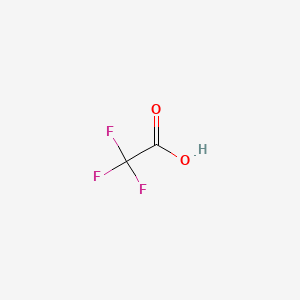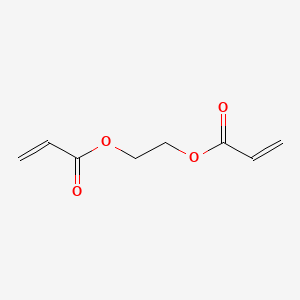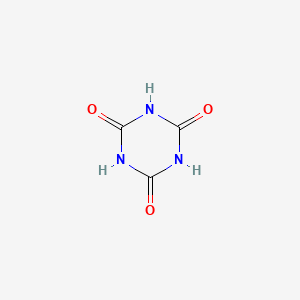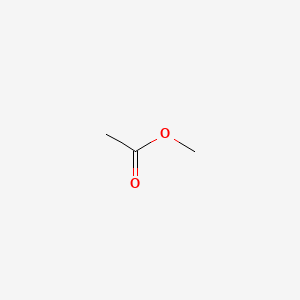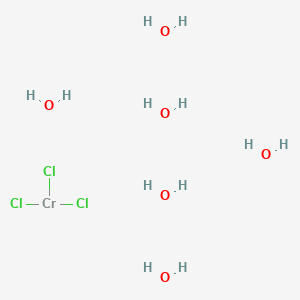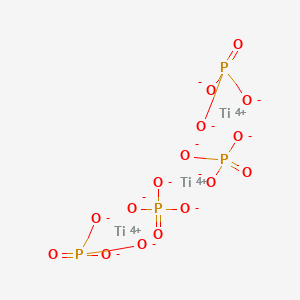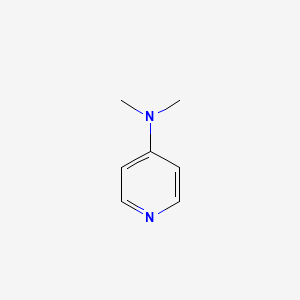Trifluoroacetic Acid CAS 76-05-1
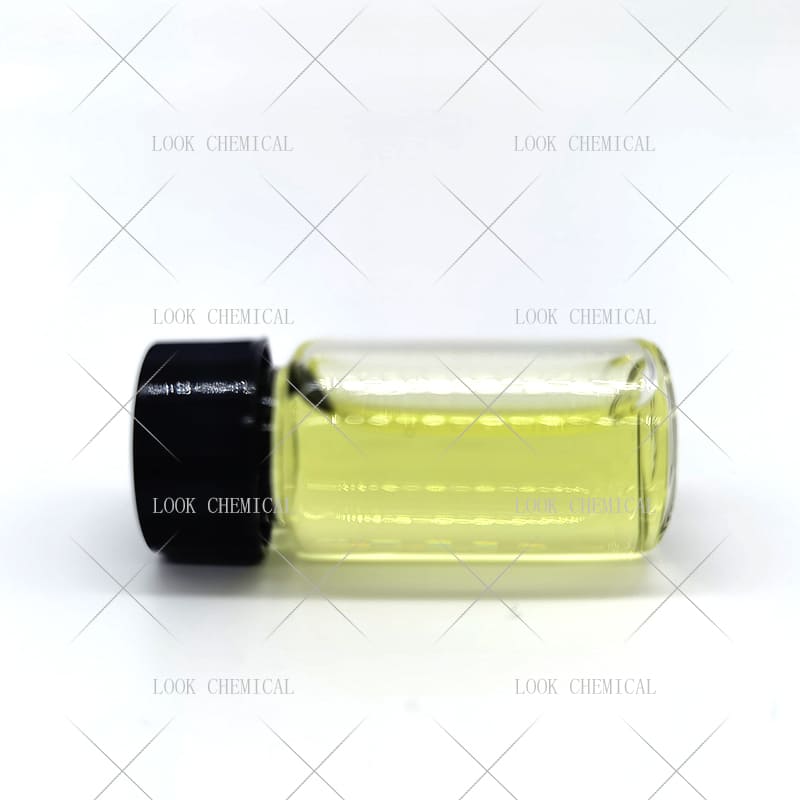
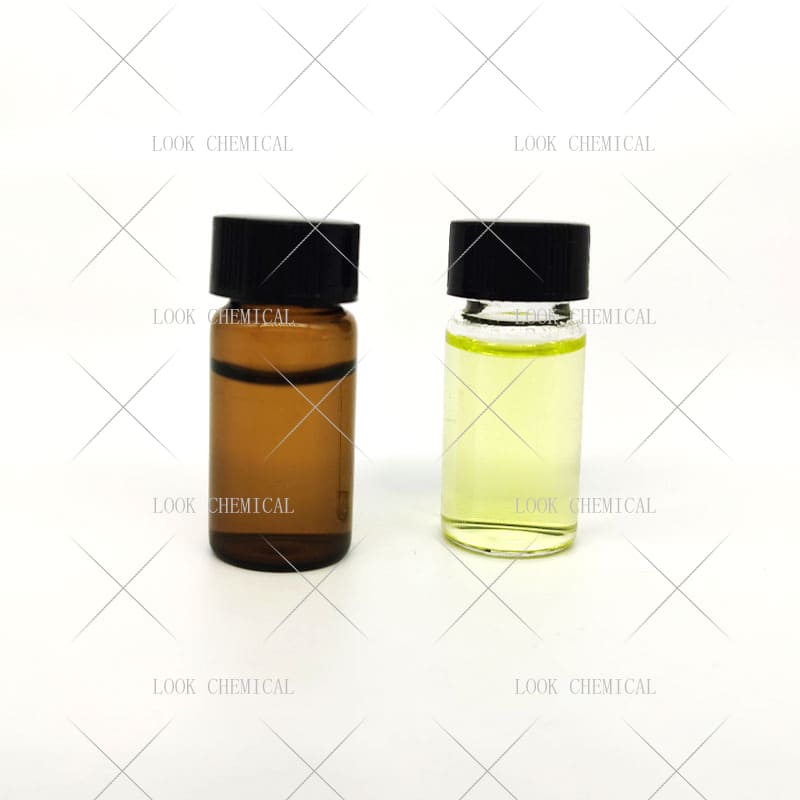
Factory wholesale Trifluoroacetic Acid CAS 76-05-1
- Appearance:Liquid
- Purity:99.8%
- Delivery:30days
- Sample Available:Available
- Payment:L/C,T/T,D/P,Paypal,Money Gram,Western Union
- Incoterm: FOB,CFR,CIF,EXW,FCA,CPT,CIP
- Transporta:Ocean, Land,Air, DHL,TNT FedEx
Name: Trifluoroacetic Acid
CAS: 76-05-1
MOQ: 1KG
Directory Guidance on Trifluoroacetic Acid
Chemical Structure
Basic Info:
| Melting point | -15.4 °C (lit.) |
| Boiling point | 72.4 °C (lit.) |
| density | 1.489 g/mL at 20 °C (lit.) |
| vapor density | 3.9 (vs air) |
| vapor pressure | 97.5 mm Hg ( 20 °C) |
Product Introduction:
Trifluoroacetic Acid (TFA for short) is a fluorine-containing organic compound with a chemical formula of CF₃COOH. As a strong acidic liquid, it is colorless and transparent at room temperature, has a pungent odor, a boiling point of about 72.4°C, a melting point of -15.4°C, and is miscible with a variety of solvents such as water, ethanol, and ether. In its molecular structure, three fluorine atoms replace the hydrogen atoms on the methyl group of acetic acid, significantly enhancing the acidity and making its pKa value reach 0.23, which is much higher than ordinary acetic acid (pKa=4.76). This strong acidity originates from the strong electronegativity of fluorine atoms, which weakens the strength of the O-H bond in carboxylic acid through the inductive effect, making it easier to release protons. Trifluoroacetic Acid is mainly prepared by the reaction of trichloroacetic acid with hydrogen fluoride, or by the oxidation of hexafluoropropylene. Electrolytic fluorination is commonly used in industry to improve efficiency and purity.
As an important fluorine-containing organic reagent, Trifluoroacetic Acid first entered large-scale production in the 1940s. With the development of organic synthesis and pharmaceutical industry, its application range has gradually expanded. In the laboratory, it is often stored in liquid form in glass or polytetrafluoroethylene containers to avoid contact with metals or alkaline substances. Due to its corrosiveness and volatility, protective equipment must be worn during operation and carried out in a fume hood. Despite its strong acidity, it exhibits unique mildness in some reactions, such as not destroying acid-sensitive functional groups. This feature makes it highly favored in the synthesis of complex molecules.
From a chemical point of view, Trifluoroacetic Acid has high stability, but it may slowly decompose under high temperature or light conditions, releasing harmful gases such as hydrogen fluoride. Its derivatives such as Trifluoroacetic Acid anhydride (TFAA) and Trifluoroacetic Acid salt are also of great value in organic reactions. For example, Trifluoroacetic Acid anhydride is often used to introduce protective groups for hydroxyl and amino groups, while Trifluoroacetic Acid salt can be used as a mild deprotection agent.
Nature and Specifications:
| Item | Specification |
| Product Name | Trifluoroacetic Acid |
| CAS No. | 76-05-1 |
| Appearance | Liquid |
| Shelf Life | 2 years |
| Packing | As your requirements |
| form | Liquid |
| pka | -0.3(at 25℃) |
| color | Colorless |
| Specific Gravity | 1.480 |
| Odor | Sharp, pungent odor |
Product service:
- Certificate Of Analysis (COA)
- Material Safety Data Sheet (MSDS)
- Route of synthesis (ROS)
- Method of Aanlysis (MOA)
- Nuclear Magnetic Resonance (NMR)
- Packing pictures and loading video before loading
- Free Sample
- Factory audit
As well as this use,Trifluoroacetic Acid can also be utilized as a mobile phase additive for high-performance liquid chromatography (HPLC) to improve separation effects by adjusting pH values; particularly useful when analysing basic compounds. Furthermore, during drug crystallization processes Trifluoroacetic Acid is an ideal co-solvent to increase solubility and crystal purity of drug molecules, leading to improved bioavailability of medications.
Organic synthesis is another area where Trifluoroacetic Acid shines bright. Its strong acidity makes it ideal for catalyzing Friedel-Crafts alkylation, esterification, and cyclization reactions. Trifluoroacetic Acid has proven its worth in the synthesis of terpenoid compounds by supporting carbon cation intermediate stability, significantly increasing reaction rate and yield. At the same time, it can also serve as a reagent for desilylation of ether protecting groups – making it an indispensable component in sugar chemistry and natural product synthesis. With recent advancements in green chemistry research, researchers have also discovered that its catalytic efficiency in ionic liquid systems is superior – while being recycled through distillation allows recycling to help minimize environmental pollution.
Trifluoroacetic acid’s prominence in materials science continues to expand exponentially. Polymer synthesis relies on fluorine-containing polymers such as poly(trifluoroacetic acid vinyl ester), which exhibits excellent temperature resistance and chemical stability; such a material can be found widely used in aerospace seals and electronic component coatings. Surface modifiers made of acid can also be utilized as surface modifiers to increase wettability and adhesion properties of materials such as metals and ceramics through etching or functionalization, providing new possibilities for catalytic or energy storage materials development. In nanomaterial preparation processes, acidic conditions provide accurate control over particle morphology and particle size of metal oxides in their acidic environment allowing for precise control over nanomaterial preparation processes and particle morphologies, leading to innovative ideas in terms of catalytic catalysts or energy storage materials development.
Trifluoroacetic acid plays a crucial role in the pesticide and dye industries as an intermediate in their manufacturing processes. Fluorine-containing pesticides have gained considerable recognition due to their powerful biological activity and serve as an indispensable raw material in the construction of fluorine heterocyclic structures. Example: during the production of pyrethroid insecticides, key steps that they participate in can greatly enhance its insecticidal performance. In the dye field, its strong acidic conditions are employed to enhance coupling reactions between azo dyes and their complementary bases, with fluorine-containing molecules being introduced as additives to further increase light resistance and color fastness of dyes. Furthermore, its use as an ingredient for manufacturing fine chemicals helps create high value-added products such as fragrances and liquid crystal materials that offer additional value-adds.
Trifluoroacetic Acid stands out as a stand-out chemical compound due to its unbeatably acidic balance. Its acidic strength is moderate and easily controllable, enabling it to effectively catalyze reactions without creating side reactions due to excessive acidification. Trifluoroacetic Acid can selectively remove specific protecting groups in molecular systems containing ketone or ester groups while more acidic reagents may lead to molecular skeleton fractures. At the same time, its low boiling point makes post-reaction processing more easily accessible and reagent recovery is accomplished with simple distillation – both qualities make it the go-to choice when precise control over reaction conditions is essential.
Trifluoroacetic Acid’s broad process applicability makes it ideal for many reactions with different temperature requirements, from low-temperature enzyme-catalyzed reactions to mass transfer efficiency monitoring without solidification affecting mass transfer efficiency due to solidification. Furthermore, this solvent doesn’t show significant corrosion against common reactor materials like glass and polytetrafluoroethylene reactors
Safety and environmental benefits of Trifluoroacetic Acid are another of its outstanding advantages. Although corrosive, its LD50 for oral administration in rats (200 mg/kg) is significantly lower than similar chlorine-containing reagents such as Trichloroacetic Acid. Furthermore, Trifluoroacetic Acid does not readily accumulate organisms. Industrial production allows producers to mitigate exposure risks effectively through closed operations and tail gas absorption devices. Environmentally speaking, Trifluoroacetic Acid can be gradually broken down through photolysis into carbon dioxide and fluoride ions over time in natural environments, making it more eco-friendly than perfluorinated compounds.
Economic benefits associated with Trifluoroacetic Acid include its superior catalytic performance. Take the amide synthesis reaction as an example: its catalytic efficiency is three to five times that of traditional p-toluenesulfonic acid, meaning more than 60% less reagents may be required at equal output. Though initial purchase costs are higher, recycling and reaction efficiency improve significantly and long-term usage costs become more cost-effective over time. Enhancing product purity through their application can also cut purification costs and further decrease total production costs, offering large-scale producers another means of streamlining process flows more economically. This economical advantage has become particularly evident during mass production operations and has become an attractive solution to optimize process flows.
Trifluoroacetic Acid’s innovative application continues to expand as researchers examine its mechanisms of action in emerging fields like asymmetric catalysis and carbon dioxide capture. Trifluoroacetic Acid combined with chiral ionic liquids has been found to substantially increase the enantiomeric excess (ee value) of certain chiral drug intermediates. Carbon neutrality studies utilizing Trifluoroacetic Acid’s mild acidic medium in electrochemical reduction of CO2 to formic acid has garnered much interest, drawing further praise of Trifluoroacetic Acid’s performance as an electrochemical reductant, further strengthening its position within green chemistry and sustainable manufacturing, while solidifying its position as a fluorine-containing reagent in industry.
Contact Us
Product Package picture:
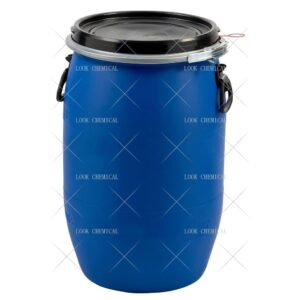
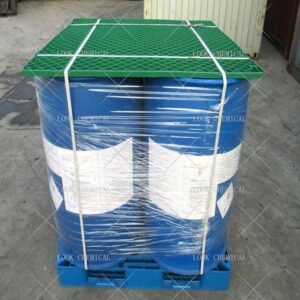
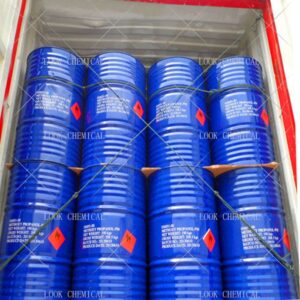
Related References:
chemicalbook-Trifluoroacetic Acid
Trifluoroacetic Acid Manufacturer
Contact Us
As an experienced Trifluoroacetic Acid manufacturer and supplier, Look Chemical is committed to producing and selling high quality products.
We cooperate and trade with 6000+ factories around the world, and our high-quality products and excellent services make us enjoy a high reputation internationally.
As Trifluoroacetic Acid CAS 76-05-1 supplier, Look Chemical provides supply chain solutions to partners and customers in a wide range of industries. We offer competitive pricing and quality products.
If you have a demand for this product, please contact our company’s sales staff, we will provide you with a solution in the shortest time.
Transport proposal

1. For products ≤50kg, we recommend using express delivery, which is usually called DDU service (discounted, convenient).
2. For products ≤500kg, we generally recommend air freight, which is usually called FOB, CFR or CIF service (fast and efficient).
3. For products >500kg, we generally recommend shipping by sea, which is usually called FOB, CFR or CIF service (economical, safe).
4. For high-value products, please choose air or express to ensure the safety of product transportation.
Shandong Lookchemical service:
* Timely reply and 24 hours online, the professional team will provide you with the most favorable prices and high-quality products.
* The sample supports testing and inspection.
* Each batch of products will be tested to ensure that its quality meets user needs.
*Packaging can also be made according to customer requirements.
*Any inquiries will be answered by our relevant personnel within 24 hours.
*We will provide you with commercial invoice, packing list, packing list, COA, health certificate and certificate of origin if you need it. If your market has other special requirements, please let us know.
*We will monitor the logistics information in real time and will share the information with you.
* You can consult us at any time if you have any questions about the product, and we will answer you in time.
*If you have any questions about the product, you can report it to us, we will deal with it in time for you, and the product can be returned.
Contact Us
Frequently Asked Questions(FAQ):
We will make samples before mass production, and after sample approved, we’ll begin mass production. Doing 100% inspection during production, then do random inspection before packing.
Our MOQ is 1kg. But usually we accept less quantity such as 100g on the condition that sample charge is 100% paid.
Yes. We’ll give you product analysis report before shipping.
Different quantity has different discount.
Yes. Welcome to visit.
You can get free samples for some products,you only need to pay the shipping cost or arrange a courier to us and take the samples. You can send us your product specifications and requests,we will manufacture the products according to your requests.

